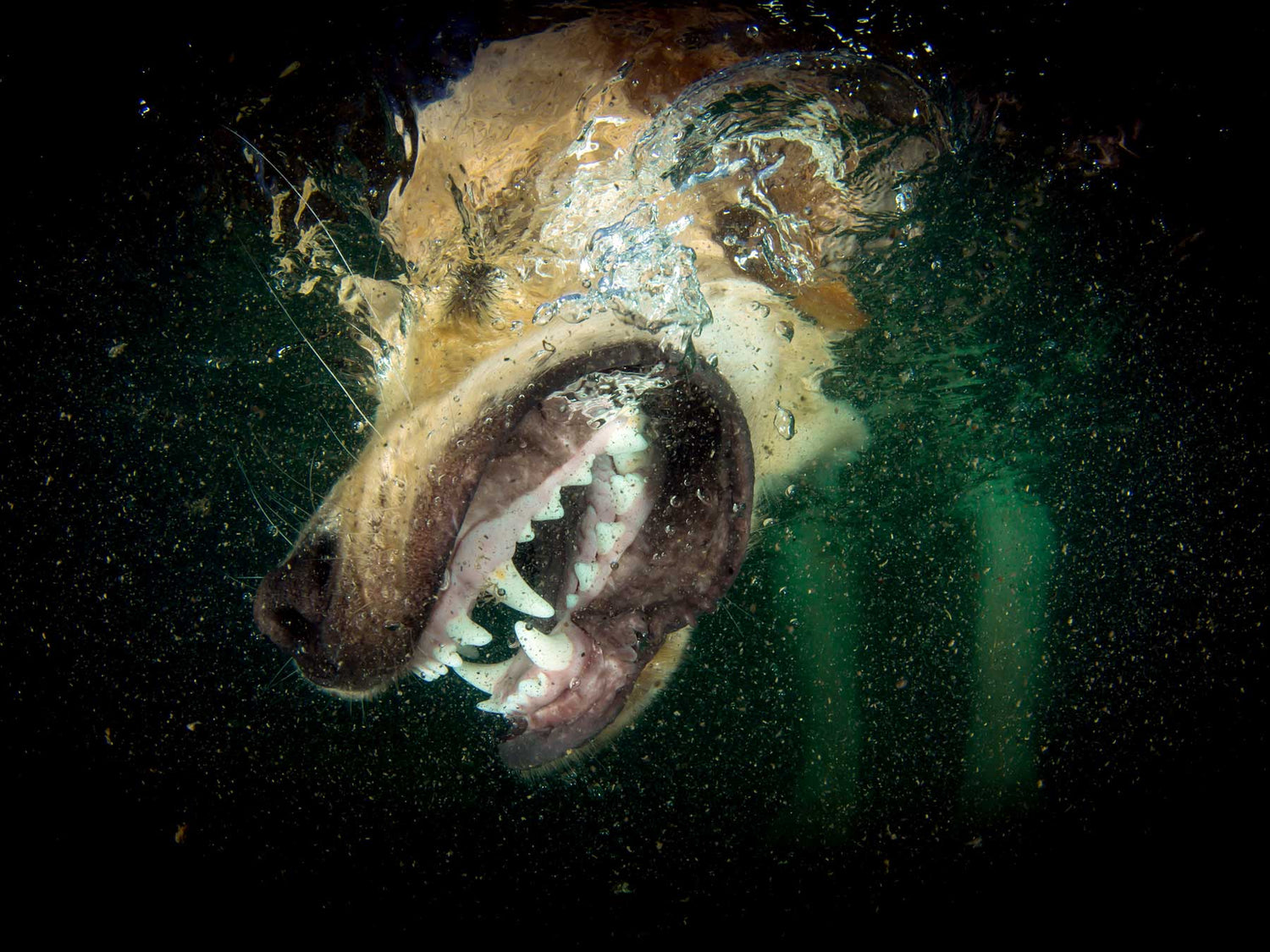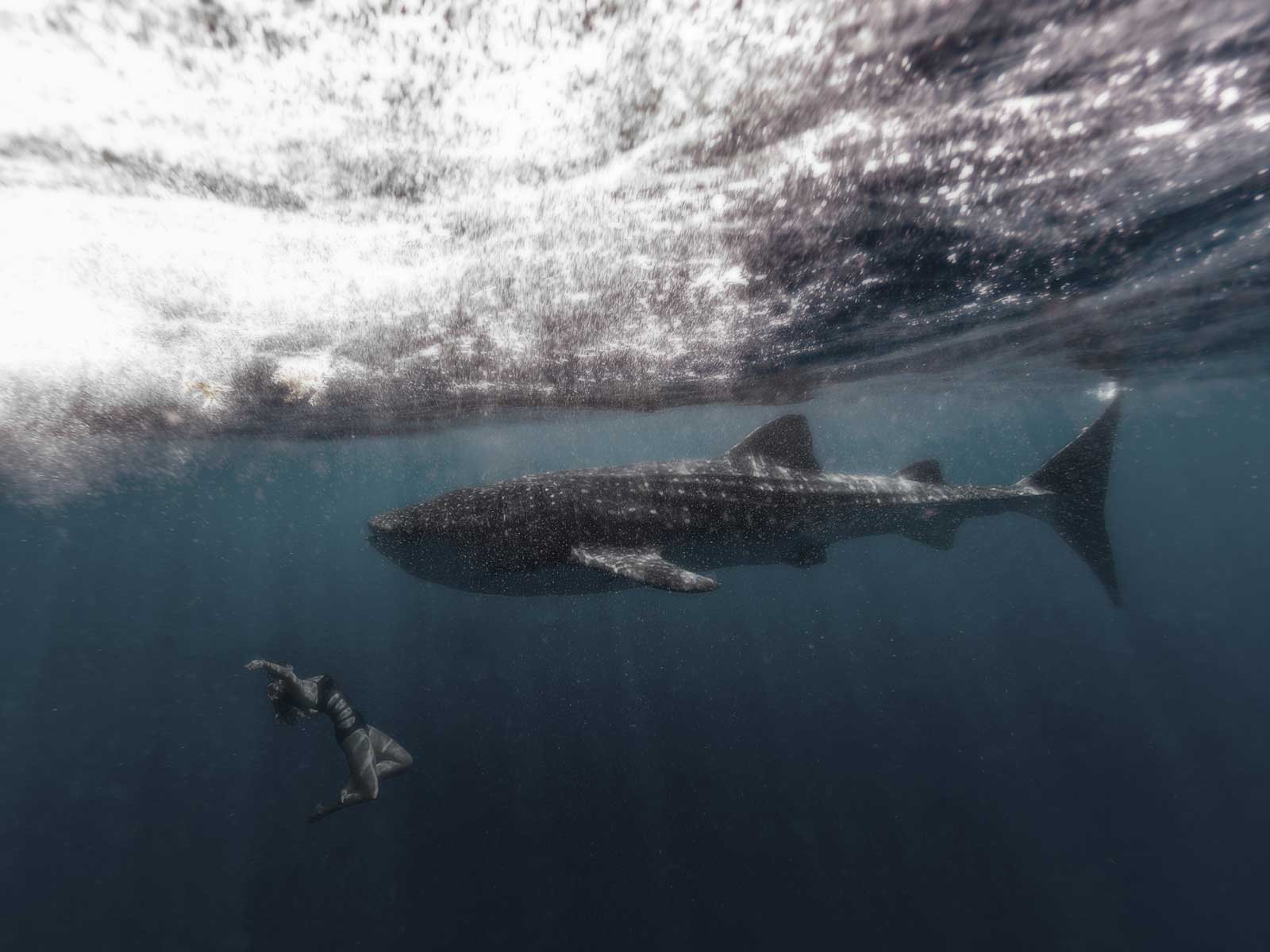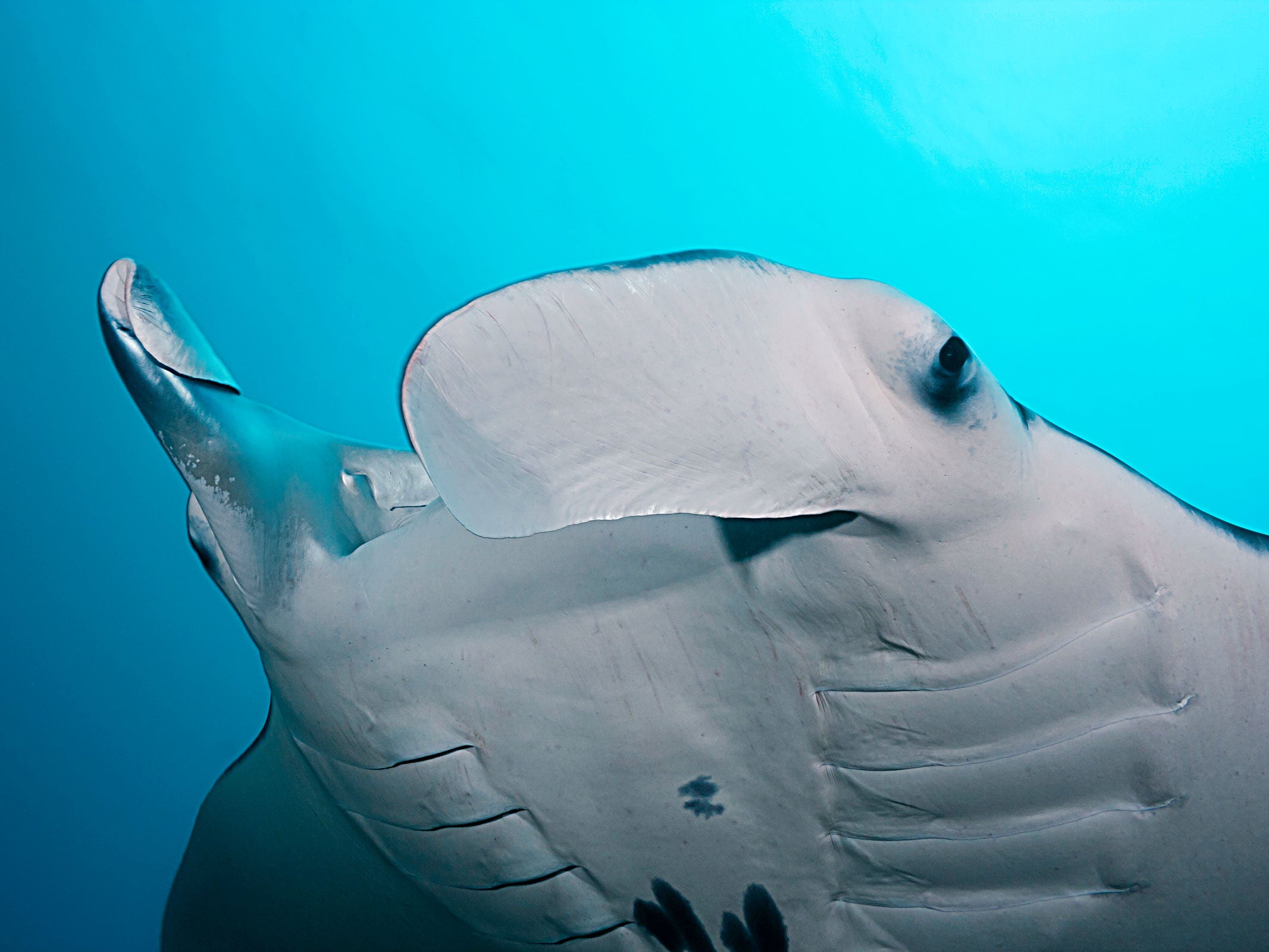By Ambassador Steve Miller
There are few things cuter than a puppy. Like human babies, it's hard for their owners to stop taking pictures of them. And as an underwater photographer, it's only natural to think about shooting them underwater.
So much art and creativity stems from emulating the work of the masters. We can't think of shooting dogs underwater without acknowledging Ikelite Ambassador Seth Casteel, whose book Underwater Dogs is one of the only underwater photography coffee table books that we know of that is also a National Bestseller. He has since followed it up with his even more adorable books Underwater Puppies and Underwater Babies.
I remember a city-to-city tour that Seth did years ago, shooting different dogs retrieving toys underwater. At the time I suspected he was simply building his amazing collection of these unique portraits. After studying his work and trying it with my own dogs, I started to wonder if he wasn't simply looking for the "right" dog.

There are 60 dogs described in the back of his book, but not all of them are totally submerged in his images. My favorite images are the ones where the dog is wide eyed, mouth open, and swimming (diving!) after the toy. Some dogs are more motivated than others. Mine are... not really motivated at all. Mine are happy to swim, but reluctant to submerge their face and look underwater to find the ball.
But even only partially submerged, few things are cuter than a wet dog.
The first step is to get the dog into the water. So obviously you will need a subject that doesn't mind jumping in the pool. You may also want to enlist a friend who's familiar with the dog to direct it and fast pitch balls into the pool.
Shooting dogs in the water can be done with the same approach you would use for any close focus wide angle (CFWA) imagery. A super wide angle lens- 16mm or wider- will allow you to photograph the nose of the dog from as close as the front of your dome port. The amazing depth of field ensures the whole scene is sharp. A rectilinear lens is generally preferred when shooting "big animals" but a fisheye can also produce some interesting images.
Read more: Close Focus Wide Angle In Depth

Fisheyes are often snubbed in animal photography for their distortion, but sometimes a unique perspective really brings a scene together.
Compared to a traditional CFWA scene, there are a few changes to consider when photographing a jumping dog compared to shooting a sponge- or even a big fish- underwater.
The most obvious is movement. Things happen very fast when a dog is playing fetch. A fast shutter speed along is not adequate to stop the motion fully and provide a super sharp, colorful image. You will need strobes. Keep in mind that when shooting external strobes, your camera has a maximum flash sync speed. This means that the fastest shutter speed you can use will be somewhere in the 1/200 to 1/250 range.

Over-under with the Tokina 10-17mm Fisheye lens and an 8" dome port. Getting close is easier with your pet... wild animals generally aren't so agreeable. Be sure to bring a lens cloth; nose prints on your dome port are inevitable.
The duration of the flash in your strobe will vary with the amount of light needed for the scene. The difference between the highest power and lowest power on your strobe is a function of its flash duration (how long the flash fires). A flash fires for just thousandths of a second to properly expose your photo. So it effectively "freezes" the action of fast moving subjects.
To make sure the flash does it's job well, try taking an ambient light reading of the brighter area of the frame you plan to shoot, then make sure you are one or two stops below that (darker) with your combination of aperture, ISO and shutter speed. This will make the strobe light up your subject, thus freezing the action, and making all the images sharp and crisp.

Some dogs don't like going in past their eyes, even if it means getting the ball back.
TTL is your best friend in this scenario, because it will adjust the amount of light in a millisecond that the scene requires. This means you can shoot from 4 feet away, then again 4 inches away, and both images will be properly exposed by the flash.
Read more: The Myth of TTL Strobe Exposure Underwater
Shooting dogs is the only situation where I have found burst shooting to be helpful underwater, and I recommend using it. Setting your shutter speed to the burst setting will fire off a lot of frames quickly. This isn't used much in general underwater work because most of our images come from work that is slow, thoughtful, and methodical... and also because many strobes cannot keep up with the shutter, resulting in dark frames while the flash recycles.
A strobe powered by AA batteries simply will not be able to keep up even at lower power settings. This is the point at which a professional grade wide angle (powerful) strobe with rechargeable battery pack will really shine. If you are using dual DS160 or DS161 strobes set to TTL, you will be surprised at how many frames you can capture in a burst.

My pup is always willing to help with a photo project, like cutting a hole for the camera.
The really fun thing about shooting dogs underwater is that it's totally interactive and your subject loves getting attention from you. It's also full of creative possibilities- perhaps walking through a stream, standing on a paddle board, or playing in the snow. We're sure your best friend will be ready to smile for the camera!

Dogs are genuine people pleasers. Unlike human models, they tend to be virtually tireless and they show up to every photo shoot full of joy and energy.
 Ambassador Steve Miller has been a passionate teacher of underwater photography since 1980. In addition to creating aspirational photos as an ambassador, he leads the Ikelite Photo School, conducts equipment testing, contributes content and photography, represents us at dive shows and events, provides one-on-one photo advice to customers, and participates in product research and development. Steve also works as a Guest Experience Manager for the Wakatobi Dive Resort in Indonesia. In his "free" time he busies himself tweaking his very own Backyard Underwater Photo Studio which he's built for testing equipment and techniques. Read more...
Ambassador Steve Miller has been a passionate teacher of underwater photography since 1980. In addition to creating aspirational photos as an ambassador, he leads the Ikelite Photo School, conducts equipment testing, contributes content and photography, represents us at dive shows and events, provides one-on-one photo advice to customers, and participates in product research and development. Steve also works as a Guest Experience Manager for the Wakatobi Dive Resort in Indonesia. In his "free" time he busies himself tweaking his very own Backyard Underwater Photo Studio which he's built for testing equipment and techniques. Read more...
Additional Reading
How to Shoot Split Shots (Half-In, Half-Out of the Water)
Building the Next Generation Backyard Underwater Photo Studio
Why You Need a Fisheye Lens Underwater
7 Tips for Photographing Florida Manatees













